UK vs. US – the typical sounds of two classic amps
Two amplifier manufacturers have played a decisive role in the extraordinary success of the electric guitar in Rock and Pop music, beginning in the 1950s and continuing to this day. In the USA, the sound of countless famous recordings was indelibly influenced by amps produced by the American guitar manufacturer Fender. At the same time, the British company Marshall is practically synonymous with guitar amplifiers. When we talk about the American – or Californian – sound today, we are referring to the sonic ideals espoused by Fender. On the other hand, when guitarists refer to the "British sound", most people immediately think of Marshall. In a nutshell, the typical Fender sound is widely appreciated for its soft, clear, and undistorted tone, which is due in part to a reduction in the mid-range frequencies. The British Marshall tone, on the other hand, is much harder, more direct; its distorted sound is more or less ubiquitous in Rock music in particular. These different tonal approaches are the result of the different tubes (or valves) each manufacturer uses in their preamps and power amps.
When music historians discuss electric guitar amplifiers, the products of the two British manufacturers Vox and Orange also rarely go unmentioned. In the States, the manufacturer MESA/Boogie began making a name for itself in the 1970s, running with the fundamentals of the Fender amps, but with significantly more distortion. In the decades since, many other companies have mimicked, reinterpreted, and combined the tonal characteristics of the classic Fender and Marshall amps.
Amp modelling or profiling? The advantages of digital guitar amps
Nowadays, many guitar amps are at the cutting edge of advanced digital technology: Still, when it actually comes to their sound, tube amps are still considered the gold standard. What amp modelling can do is reproduce genuine tube amplifier circuits digitally, in great detail and as authentically as possible. Well-known manufacturers include Line 6, Neural DSP, and Boss.
Modelling amps are sold both as combos and as heads; there are also guitar preamps, which often resemble effects pedals. If you are using a guitar preamp like this, make sure you include a pedalboard amp or a power amp in your setup before running the signal to your cab. With the help of an audio interface, the electric guitar can also be easily connected to a PC or Mac and made to sound great with amp modelling software.
A similar technology is amp profiling, which means that the sonic characteristics of a tube amp are measured in one specific setting, and then recreated as a digital profile. This process was invented by the German company Kemper, and is understandably popular with many contemporary guitarists: In addition to the large selection of digitally reproduced amplifiers available within one device, a profiler's compact size is also a major advantage, and on top of that, traditional tube amplifiers are also much more difficult to maintain than their digital counterparts.

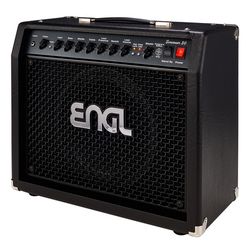
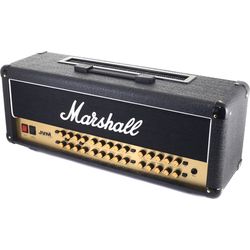
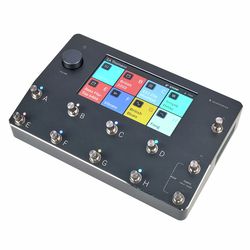
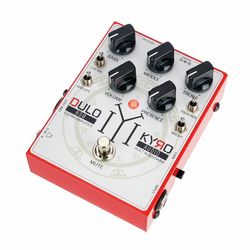
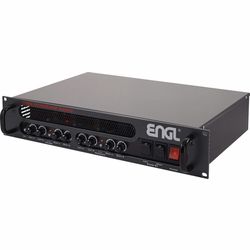
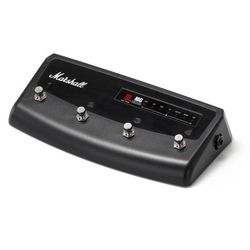
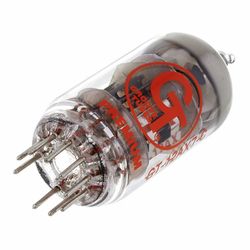
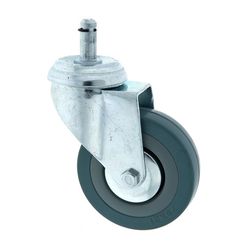
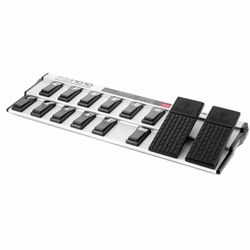

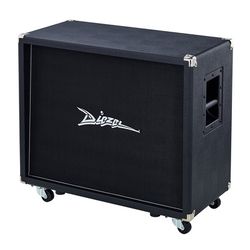
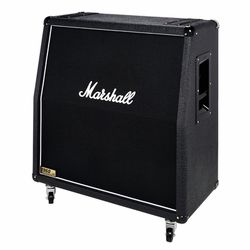
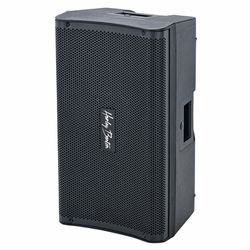
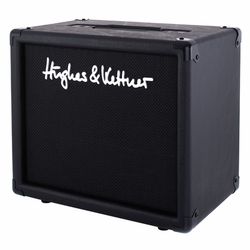
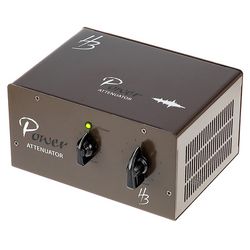
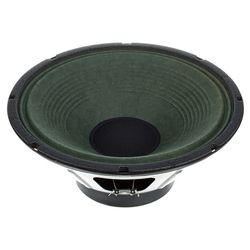


)
)